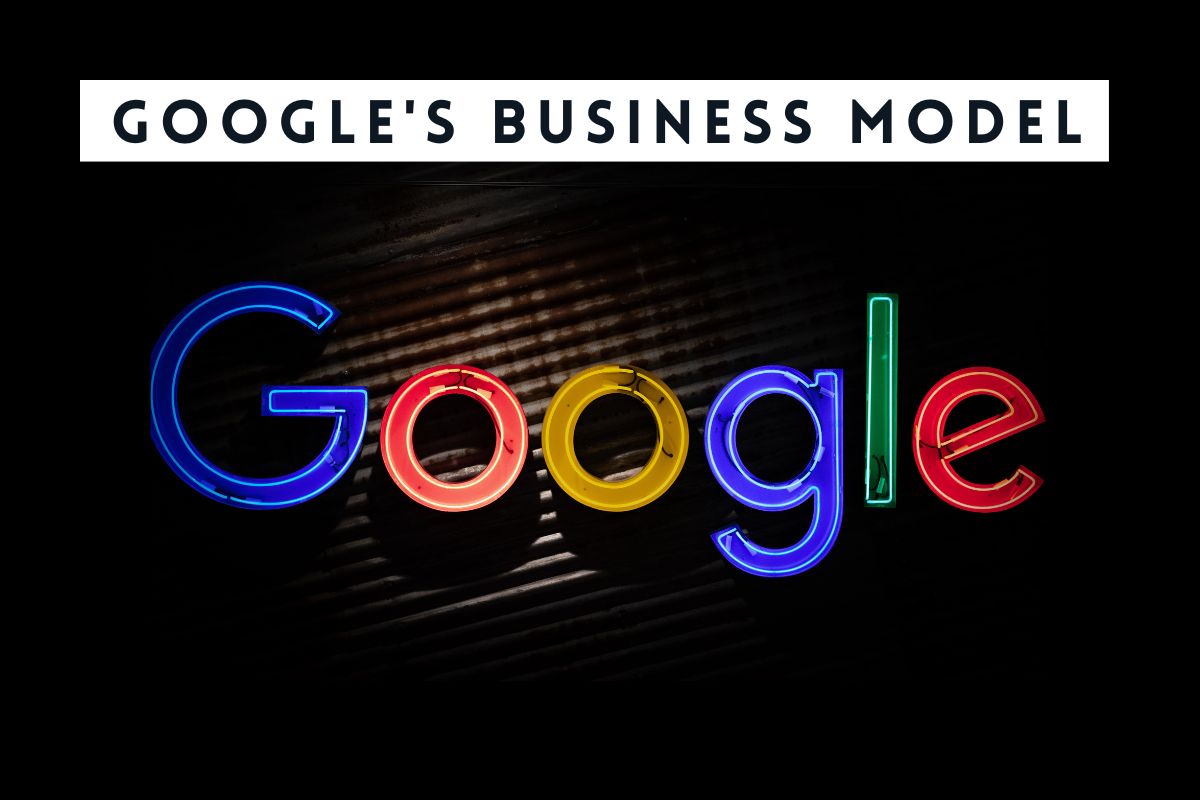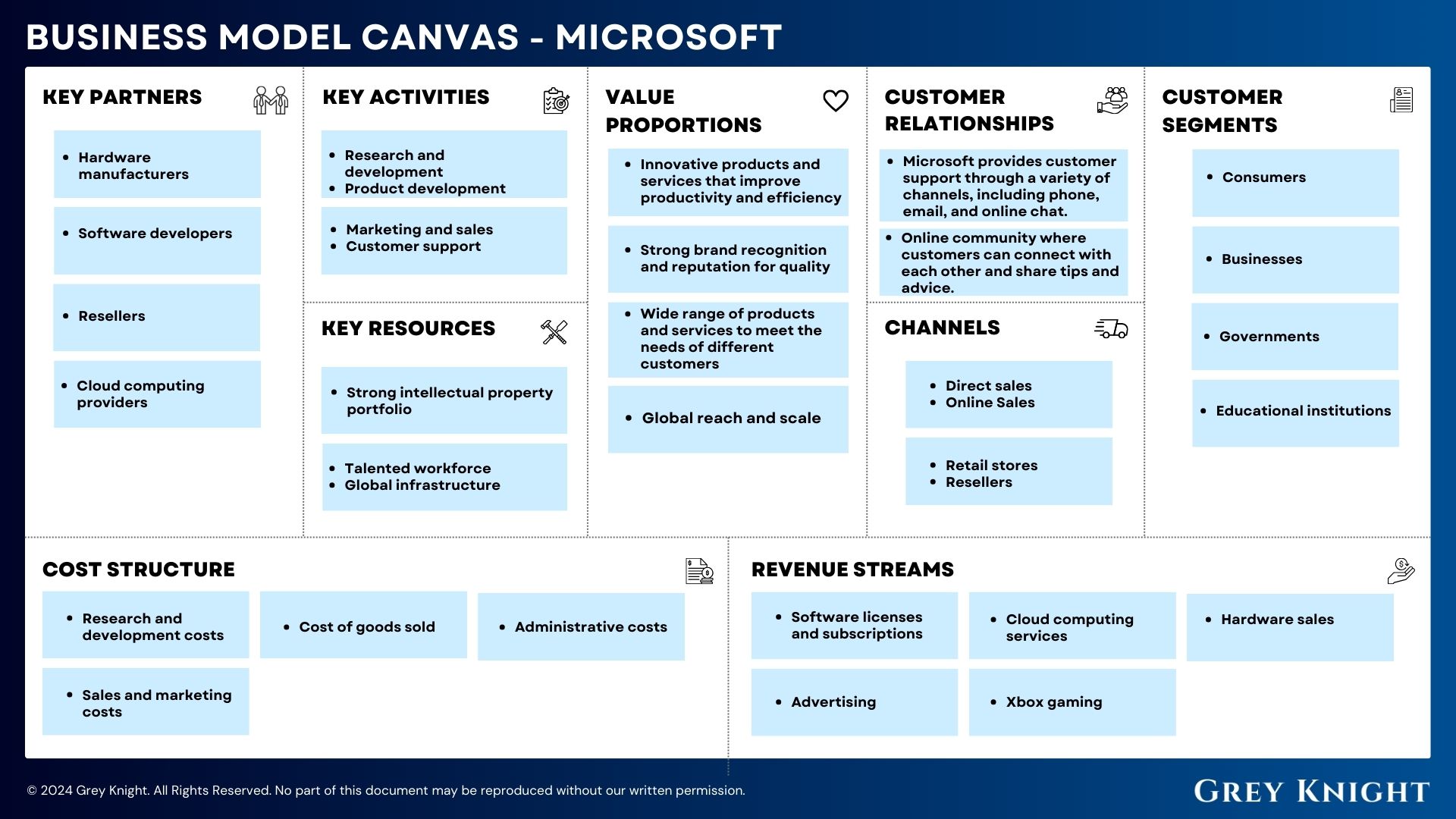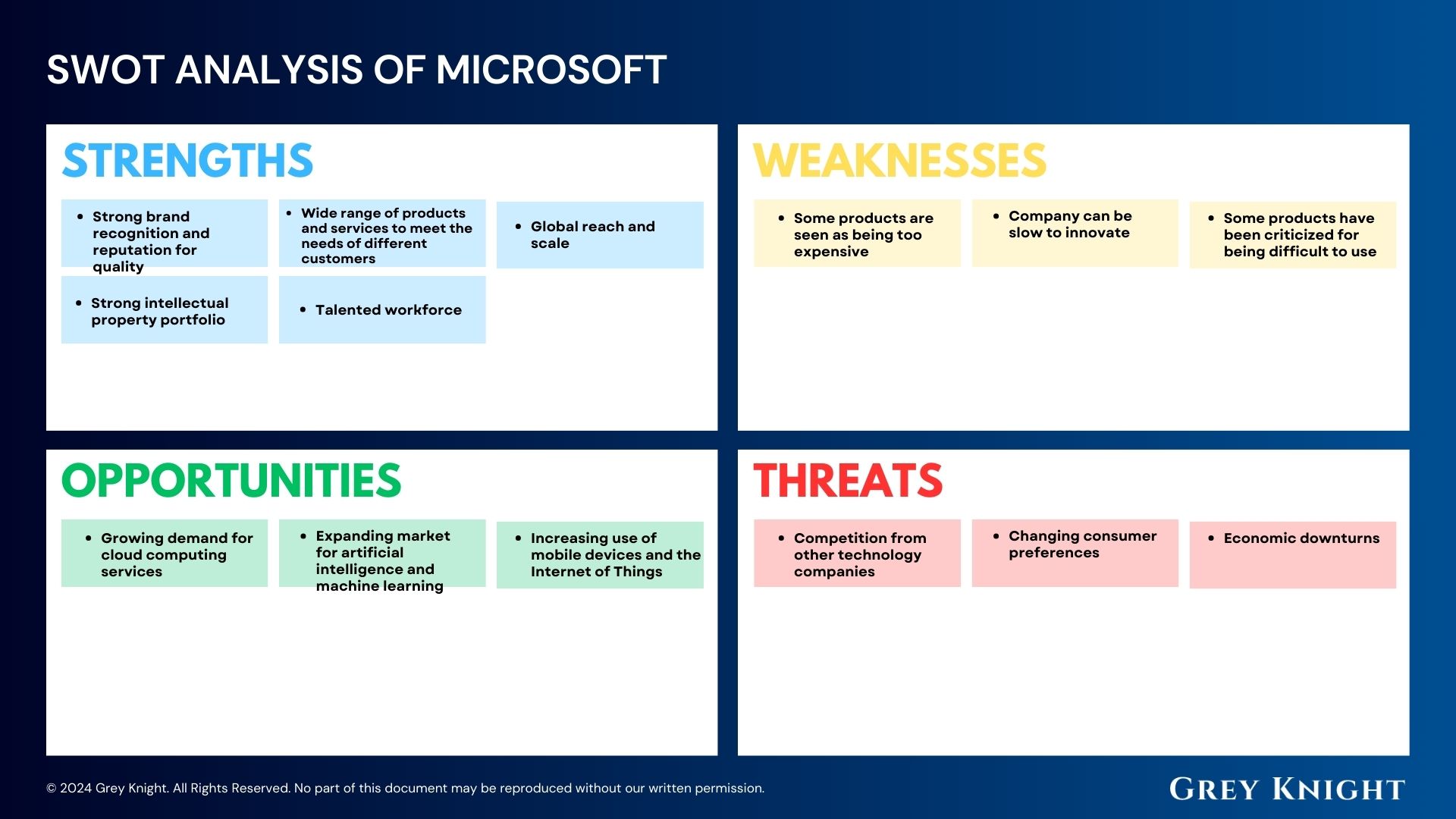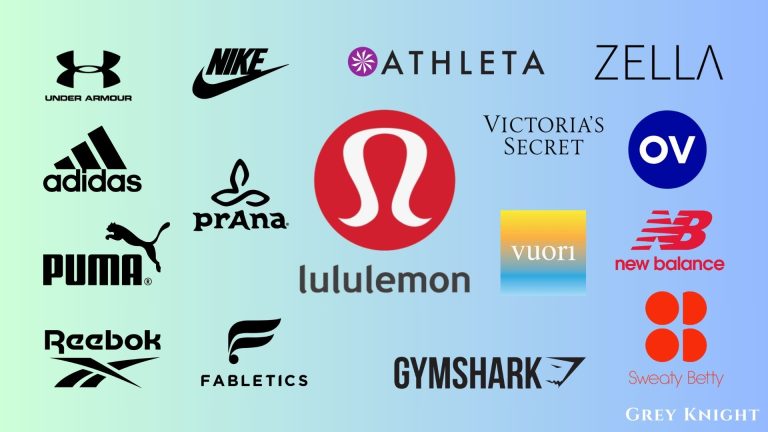Google is a search engine giant that dominates the online world. It is widely used by millions of people worldwide to search for information, find answers to questions, and discover new websites. However, Google’s business model goes beyond just being a search engine. In this article, we will discuss Google’s business model and how it works for both users and advertisers.
Table of Contents
ToggleGoogle’s Two Types of Customers
Google has two types of customers: users and businesses that advertise. Users are the people who use Google to search for information, while businesses that advertise are the ones who use Google to advertise their products or services.
Google’s value proposition to users is to provide information. People use Google to find websites, answers to questions, and other knowledge-related information. This is the most significant value that Google provides to its free users.
On the other hand, the value proposition that Google provides to businesses that advertise on its platform is targeting. Google can precisely target customers who are interested in what businesses are selling. For example, if someone is looking for a bicycle in New Orleans, a New Orleans advertiser can purchase impressions on that particular keyword, which has a high chance of converting the customer to their website. The advertiser can then sell the customer a bicycle, and the sale from that pays for the advertising cost on Google.
Google’s Partnerships
For Google’s business model to work, it has an extensive network of partners. Most websites in the world allow Google to go through their website and see what’s on it. Google uses this information to create its index, which is a list of all the sites and all the information on those sites. Without this, Google would not have a business model.
Traditionally, obtaining this information has been difficult. However, Google is now able to do it automatically. This is one of the most significant advantages that Google has over other search engines.
Google’s Relationships
Google has a minimal relationship with its users and advertisers. After a user types into the search bar or gives a voice command to Google Assistant, there is almost no human interaction. It is all entirely mediated by computers. The same goes for the advertisers who use Google’s advertising programs. They put in the details of the advertising campaign, and there is no direct involvement of a human.
Even the customer service of Google is pretty much user-generated question-and-answer pages or FAQ pages. It is very difficult to speak to a real-life person who works for Google.
Google’s Channels
Google has a website, google.com, and YouTube, which are its main acquisition channels for people. People go there and onto ancillary sites like Google Drive, Gmail, Flickr, and Waze. These sites provide Google with information and outreach to customers.
Google.com is a powerful website in its own right. It is the main entry point for most people who use Google. The other sites that Google owns or partners with provide additional information to users.
How Google Makes Money
Users get to use Google for free. However, users do pay for it in the loss of privacy and giving away all their personal information for free to allow Google to target adverts for advertisers far more effectively. Google makes its money by selling advertising to businesses.
Google’s Resources
Google’s key resources are its index and algorithms. Its index is a continually updated list of all the information on all the websites in the world. Google’s algorithms allow it to analyze this vast amount of information and select the most relevant information that the user is searching for.
Google has also invested heavily in its infrastructure to handle the massive amount of data that it needs to process every day. It has built data centers all over the world and has thousands of employees who work to maintain them.
Conclusion
In conclusion, Google’s business model revolves around providing value to two types of customers: users who search for information and businesses who advertise on its platform. The key to Google’s success is its ability to target ads effectively, which is made possible through its access to vast amounts of information from partner websites. Google’s relationships with its users and advertisers are primarily mediated by computers, and its main acquisition channels are its website and YouTube. Despite being a largely automated operation, Google’s resources, such as its continually updated index and algorithms, allow it to provide quick and relevant search results to its users. Overall, Google’s success as a search engine and advertising platform is a testament to the power of technology and the value of information in today’s digital age.
Additional Resources
To keep learning and advancing your career, we highly recommend these additional resources:
Audible’s Business Model: Disrupting the Audiobook Industry
Tencent’s Business Model: A Look at China’s Leading Tech Giant
IBM’s Business Model: Analysis of the Tech Giant’s Operations
Amazon’s Business Model: From Click to Doorstep
Tesla’s Business Model: An Analysis of Their Unique Approach to Sustainable Transportation
Airbnb’s Business Model: How Does Airbnb Make Money
TikTok’s Business Model: How the App Attracts Gen Z and Brands
Microsoft’s Business Model: How the Tech Giant Makes Money
Spotify’s Business Model: How Spotify Became the King of Music Streaming












